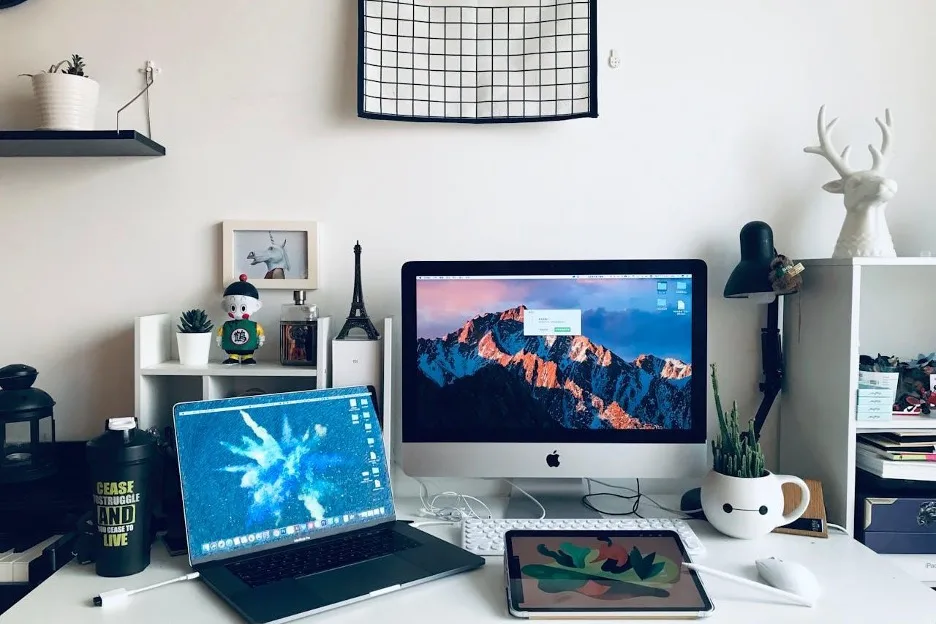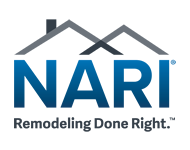
Creating a home office suited for remote work is more than setting up a desk and chair. The key to remodeling your home office for remote work lies in thoughtful planning, strategic use of space, and optimizing comfort. Whether you’re working from a corner in your living room or looking to transform your basement, these tips will help you create a productive, comfortable home office that fits your work style.
Choose the Right Space for Your Home Office
The first step in remodeling your home office for remote work is deciding where to set it up. Ideally, the space should be quiet, with adequate light, preferably natural, and free from distractions. Many people choose to work from a spare bedroom or a dedicated home office. However, if space is limited, consider alternative areas, such as unused corners or even a well-organized closet.
For some, it might make sense to transform your basement into a functional workspace. Basements often have a lot of potential, offering privacy and room to spread out your office equipment. Ensure the area has proper insulation and ventilation to make it comfortable throughout the year.
Maximize Comfort with Ergonomic Furniture
Comfort should be a top priority when setting up your home office. Investing in ergonomic furniture will support your posture and reduce the risk of long-term discomfort. Start with a good-quality office chair that offers lumbar support and adjustable height. Pair this with a desk that suits your needs, whether it’s a standing desk or a traditional one. Here are some tips for maximizing comfort:
- Choose a chair with adjustable features such as height, armrests, and back support.
- When typing, position your desk at a height where your elbows are at a 90-degree angle.
- Consider a standing desk or desk converter if you prefer alternating between sitting and standing throughout the day.
Enhance Productivity with Smart Organization
An organized office contributes to a clearer mind and better productivity. Clutter can cause distractions, so keep your space neat and tidy with smart storage solutions. Start by investing in storage furniture that fits your needs. File cabinets, bookshelves, and desk organizers can help you keep papers, supplies, and other materials in order. Be sure to leave space on your desk for work essentials like your computer and notepads while tucking away everything else. These organization tips will help keep your workspace efficient:
- Use cable management tools to reduce tangles behind your desk.
- Label boxes, drawers, and files to quickly find what you need.
- Keep a dedicated drawer or shelf for frequently used items, like pens and sticky notes.
Remodeling Your Home Office for Remote Work Requires Proper Lighting
Lighting plays a critical role in the functionality and comfort of your home office. Poor lighting can cause eye strain, headaches, and decreased focus. Natural light is best, so, if possible, position your desk near a window. However, artificial lighting is just as important for areas with little to no sunlight, like basements.
Basement offices can be tricky since they often lack natural light. Adding layered lighting, including overhead fixtures, desk lamps, and floor lamps, can help create a bright and inviting atmosphere. When you transform your basement into an office, be sure to select lighting that mimics natural light to boost your energy levels. Consider these lighting tips for your home office:
- Opt for energy-efficient lighting, such as LED bulbs, that reduce glare and eye strain.
- Use adjustable lamps to direct light where you need it most.
- Avoid placing your monitor directly in front of a window to reduce screen glare.
Incorporate Personal Touches When Remodeling Your Home Office for Remote Work
Even though your home office is for work, it should still reflect your personality. Adding personal touches can make the space more inviting and inspire creativity. Think about including artwork, plants, and decorative items that brighten up the room and boost your mood.
Consider keeping a few plants in your office to improve air quality and create a more calming environment. Plants like succulents, snake plants, and peace lilies are low-maintenance and perfect for indoor spaces. Wall art or inspirational quotes can also help personalize your office and keep you motivated throughout the workday. Some ideas for personalizing your workspace include:
- Add family photos or travel souvenirs on shelves.
- Place a few plants on your desk or by the windowsill.
- Use a decorative clock or unique desk accessories to add personality.
Consider Noise Control
Remote work requires focus, and too much noise can be a problem. Depending on where your office is located in your home, you may need to control noise levels.
If you have children, pets, or neighbors nearby, adding soundproofing materials or noise-canceling features can make a difference.
If you’ve chosen to transform your basement into a home office, you may already benefit from some natural sound insulation. However, adding soundproofing panels or rugs can reduce echoes and further dampen outside noise. If noise continues to be a problem, consider noise-canceling headphones to help you focus better. Here are a few ways to control noise in your home office:
- Use thick curtains or blinds to reduce outside noise.
- Add rugs or carpets to absorb sound.
- Consider installing soundproofing panels or foam tiles.
Pay Attention to Ventilation and Climate Control
Maintaining a comfortable temperature and ensuring proper ventilation in your home office is essential for staying focused and productive. Basements, in particular, can have issues with temperature control and ventilation. Make sure to invest in a good heating and cooling system, especially if you plan to work from the basement year-round.
Additionally, using a dehumidifier can help control moisture levels in basements, preventing any issues with dampness or mold. Proper ventilation and airflow are key to keeping your office comfortable and reducing allergens in the air. Here’s how you can improve ventilation and climate control:
- Install a portable air conditioner or fan if your space tends to get warm.
- Use a space heater in colder months, particularly in basements.
- Consider a dehumidifier to manage moisture in your workspace.
Remodeling Your Home Office for Remote Work 101
Remodeling your home office for remote work doesn’t have to be a daunting task. Start by selecting the right space, such as transforming your basement, and then focus on optimizing comfort, lighting, and organization. Adding personal touches and considering soundproofing will create a productive, comfortable environment. With the right approach, you’ll design a home office that boosts your productivity and makes working from home more enjoyable.





